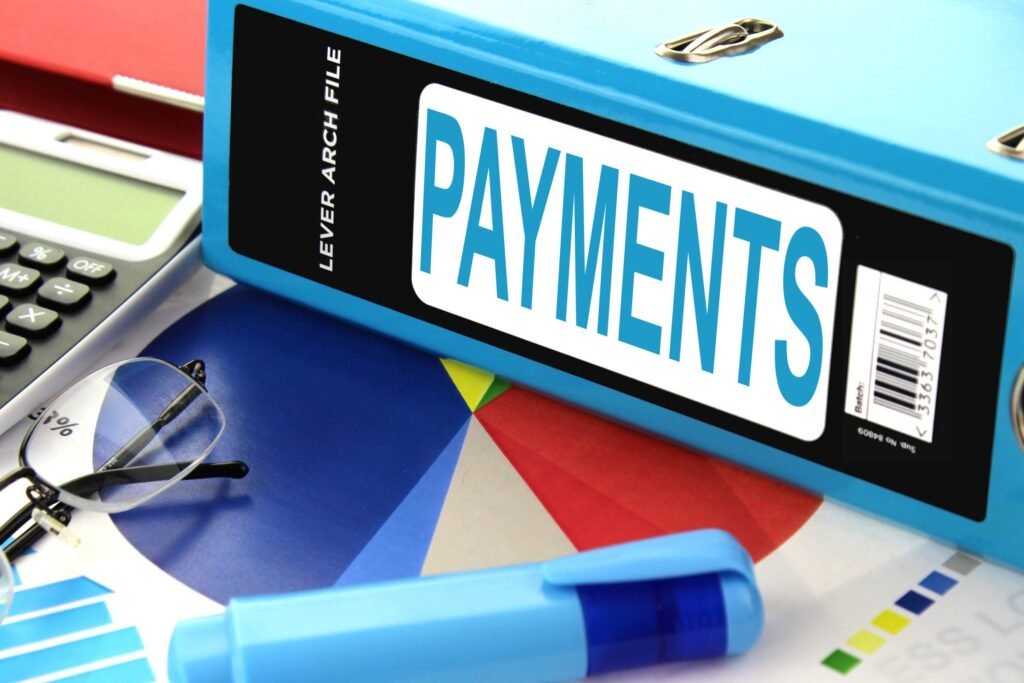Measures to Correct Deficit in Balance of Payments

When Balance of payments of any country is in disequilibrium, if can be corrected by following measures.
1. Adjustment through Exchange Depreciation (Price Effect)- Under flexible exchange rates, the disequilibrium in the balance of payments is automatically solved by the forces of demand and supply for foreign exchange. Depreciation has the effect of encouraging exports and discouraging imports. This will end the balance of payments deficit.
2. Devaluation or Expenditure-Switching Policy-Devaluation is referred to as expenditure switching policy because it switches expenditure from imported to domesticbgoods and services. When a country devalues its currency, the price of foreign currency increases which makes imports dearer and exports cheaper. This causes expenditures to be switched from foreign to domestic goods as the country’s exports rise and the country produces more to meet the domestic and foreign demand for goods with reduction in imports. Consequently, the balance of payments deficit is eliminated.
3. Direct Controls- To correct disequilibrium in the balance of payments, government also adopts direct controls which aim at limiting the volume of imports. The government restricts the import of undesirable or unimportant items by levying heavy import duties, fixation of quotas, etc. For instance, the government may allow free entry of capital goods, but impose heavy import duties on luxuries.
Import quotas are also fixed and the importers are required to take licenses from the authorities in order to import certain essential commodities in fixed quantities. In these ways, imports are reduced in order to correct an adverse balance of payments.
4. Adjustment through Capital Movements- A country can use capital imports to correct a deficit in its balance of payments. A deficit can be financed by capital inflows. When capital is perfectly mobile within countries, a small rise in the domestic rate of interest brings a large inflow of capital. The balance of payments is said to be in equilibrium when the domestic interest rate equals the world rate. If the domestic interest rate is higher than the world rate, there will be capital inflows and the balance of payments deficit is corrected.
5. Stimulation of Exports- A deficit in the balance of payments can also be corrected by encouraging exports.Exports can be encouraged by producing quality products, by increasing exports through increased production and productivity, and by better marketing. An increase in exports cause the national income to rise by many times through the operation of the foreign trade multiplier. The foreign trade multiplier expresses the change in income caused by a change in exports. Ultimately, the deficit in the balance of payments is removed when exports rise faster than imports.
6. Exchange Control- Sometimes, the government prefers exchange control to other methods for bringing about an equilibrium in the balance of payments. Under this system, the exporters have to surrender their earnings of foreign exchange to the government in exchange for domestic currency. Likewise, the government allocates foreign exchange to the importers to enable them to make payments for imported goods. A government utilizes the exchange control system to effect a cut in the volume of imports.
7. Foreign Loans- The government can also secure loans from foreign banks or foreign governments to reduce the deficit in the balance of payments. Since the repayment of these loans is spread over a long period, this helps the government to remove deficit in the balance of repayments.
8. Encouragement to Foreign Investments- The government induces the foreigners to make investment in the country by offering them all sorts of incentives and concessions. This provides the government with extra foreign exchange which is utilized to reduce the deficit in the balance
of payments.


